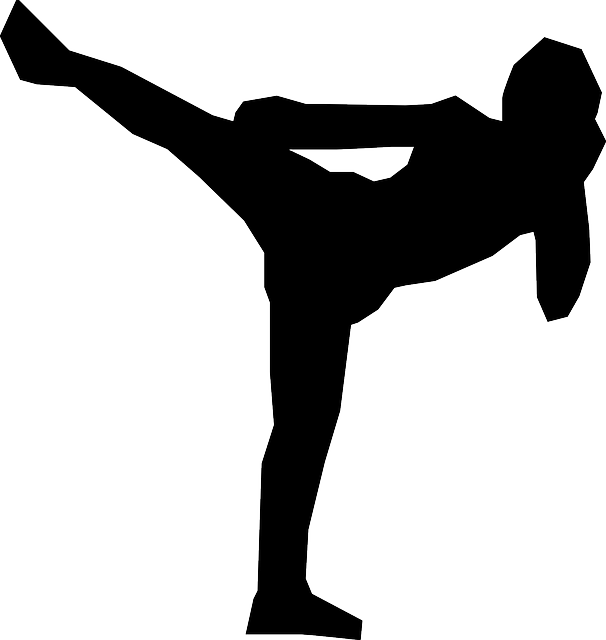The article delves into the historical and cultural significance of the karate uniform, known as the Gi or Keikogi. Originating from Okinawa and later refined in Japan, the Gi is a traditional martial arts garment that extends beyond mere attire, embodying the discipline and tradition central to karate practice. Crafted from durable cotton or hemp, it is designed for optimal movement and perspiration control during rigorous training. The Gi consists of a jacket, trousers, and an Obi belt, which not only allows for flexibility but also visually represents the practitioner's rank within the art. The white color of the Gi symbolizes purity and humility, fostering an atmosphere of respect and self-improvement. Recognizing the karate uniform by its correct name, Gi or Keikogi, is essential for understanding its role in preserving the rich heritage of karate as a martial art, which continues to be practiced and respected by individuals worldwide. The evolution of the Gi from an everyday attire for rural practitioners to a standardized training outfit reflects the transformation of karate itself from a local defense mechanism to a globally recognized martial art, emphasizing the principles of respect, discipline, and dedication that it embodies. Knowing the karate uniform name, Keikogi, is key to appreciating its significance in the context of karate's history and its symbolism within the karate community.
Martial arts practitioners around the globe don a uniform that transcends mere attire, serving as a symbol of discipline, tradition, and respect. Known in the realm of karate as a ‘gi’ or ‘keikogi,’ this garment is central to the practice, reflecting a blend of cultural heritage and functional necessity. This article delves into the essence of these martial arts uniforms, exploring their origins, evolution, and the significance they hold across various styles. From the historical development of karate attire to the regional variations in judo’s judogi, aikido’s kimono, taekwondo’s dobok, and BJJ gis, each uniform carries its own identity and purpose. We will also discuss how these garments are cared for with the utmost respect and consideration to ensure they remain not only functional but also symbolic of the martial arts journey. Join us as we unravel the stories behind these martial arts uniforms and understand their role in the discipline and continuity of these combat traditions.
- Understanding Gi and Keikogi: The Essence of Karate Uniforms
- – Origins and Significance of Traditional Karate Attire
Understanding Gi and Keikogi: The Essence of Karate Uniforms

When delving into the realm of martial arts, one encounters a variety of traditional garments that serve both functional and symbolic purposes. Among these, the karate uniform, known as the Gi or Keikogi, stands out for its significance in the practice of karate. The term ‘Gi’ is a short form derived from the Japanese word ‘Keikogi’, which translates to ‘training jacket’. This garment is a quintessential element of traditional karate training, deeply rooted in the discipline’s origins in Okinawa and its subsequent evolution in Japan.
The Gi, crafted from heavy cotton or hemp fabric, is designed to facilitate movement while absorbing perspiration. It consists of a jacket, trousers, and a belt, known as an Obi, which indicates the wearer’s rank within their karate practice. The uniform’s simplicity and durability make it ideal for the physical demands of karate training, allowing practitioners to perform techniques such as strikes, blocks, and kicks with ease. Additionally, the white color of the Gi represents purity and humility, fostering a mindset conducive to self-improvement and respect for fellow martial artists. Understanding the significance of the Gi or Keikogi goes beyond mere knowledge of its name; it is about recognizing the tradition and discipline that karate practitioners embody. Whether in a dojo or during a competition, the karate uniform serves as a tangible connection to the art’s rich heritage and the principles it stands for.
– Origins and Significance of Traditional Karate Attire

The origins and significance of traditional karate attire are deeply rooted in the history and philosophy of the martial art itself. Originally, practitioners of karate did not wear any specific uniform; they trained in their everyday clothing. However, as karate evolved from an Okinawan village defense technique into a formalized martial art, the need for a standardized training garment became apparent. The introduction of the modern karate uniform, known as a “keikogi” or “gi” in Japanese, can be traced back to mainland Japan where it was adapted from traditional judo and kendo attire. This adaptation was a pragmatic response to the need for functionality, comfort, and modesty during practice and competition.
The keikogi typically consists of a jacket (ue) and pants (rei). It is designed to allow full range of motion, enabling practitioners to execute karate techniques without restriction. The jacket is usually white, symbolizing purity and humility, and the trousers are also often white, although some styles may vary in color. The uniform serves not only a practical purpose but also reinforces the martial discipline and respect inherent to the practice of karate. It signifies unity among practitioners worldwide, transcending cultural and linguistic barriers. The karate uniform name, keikogi, encapsulates the essence of traditional karate training, emphasizing preparedness, respect for the art, and a shared commitment to the martial way of life.
In our exploration, we’ve uncovered the rich tapestry of traditional attire within the realm of karate, culminating in a clear understanding of the terms ‘Gi’ and ‘Keikogi.’ These terms are synonymous with the discipline’s uniform, serving not only as a garment but also as a symbol of respect and tradition. The history and significance of these garments are integral to the practice of karate, reflecting the values and customs that have shaped this martial art for generations. Whether you are an enthusiast or a practitioner, knowledge of the karate uniform name is more than just semantics; it’s a nod to the past and a bridge to the future, ensuring the legacy of karate remains intact.
